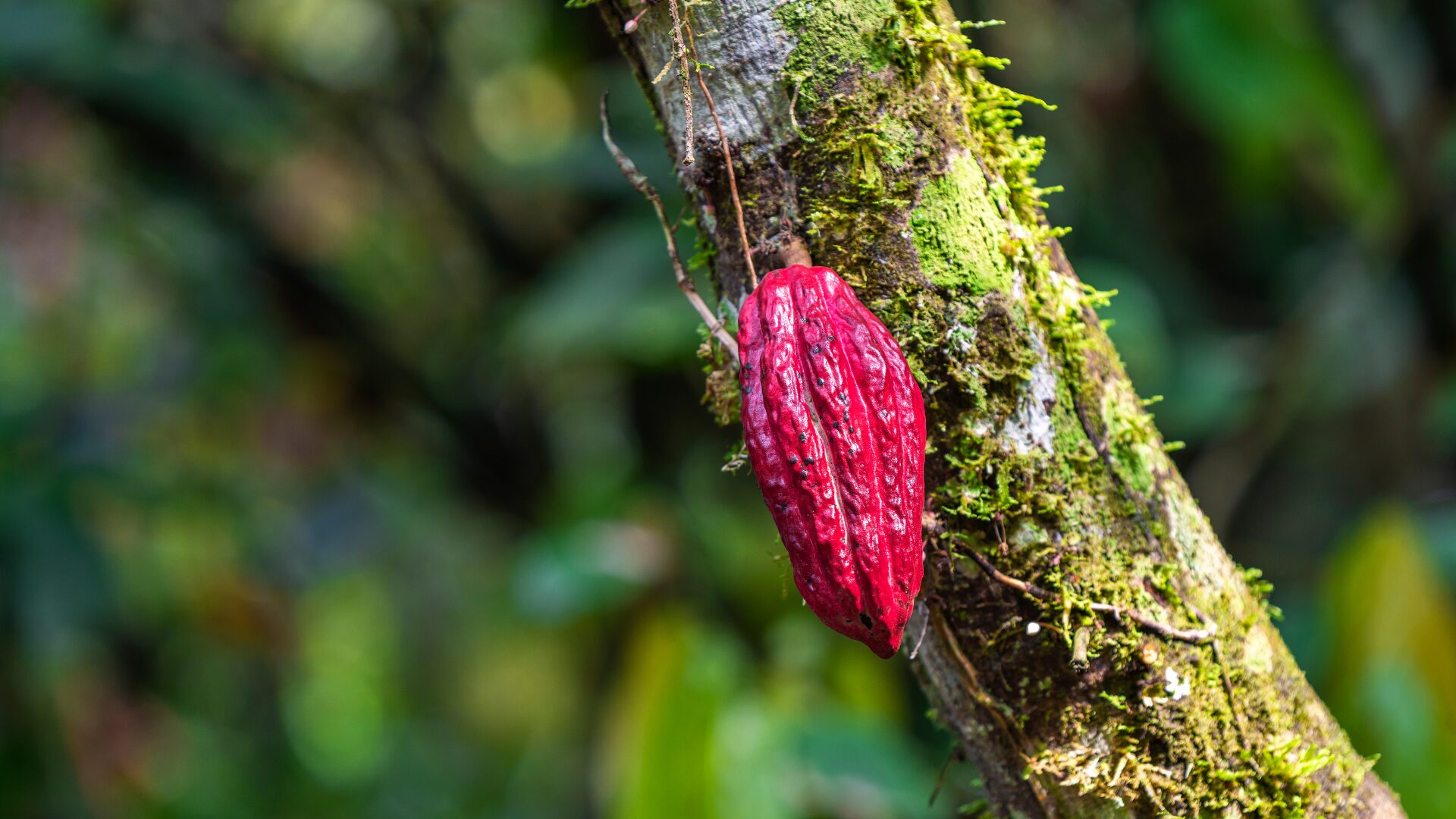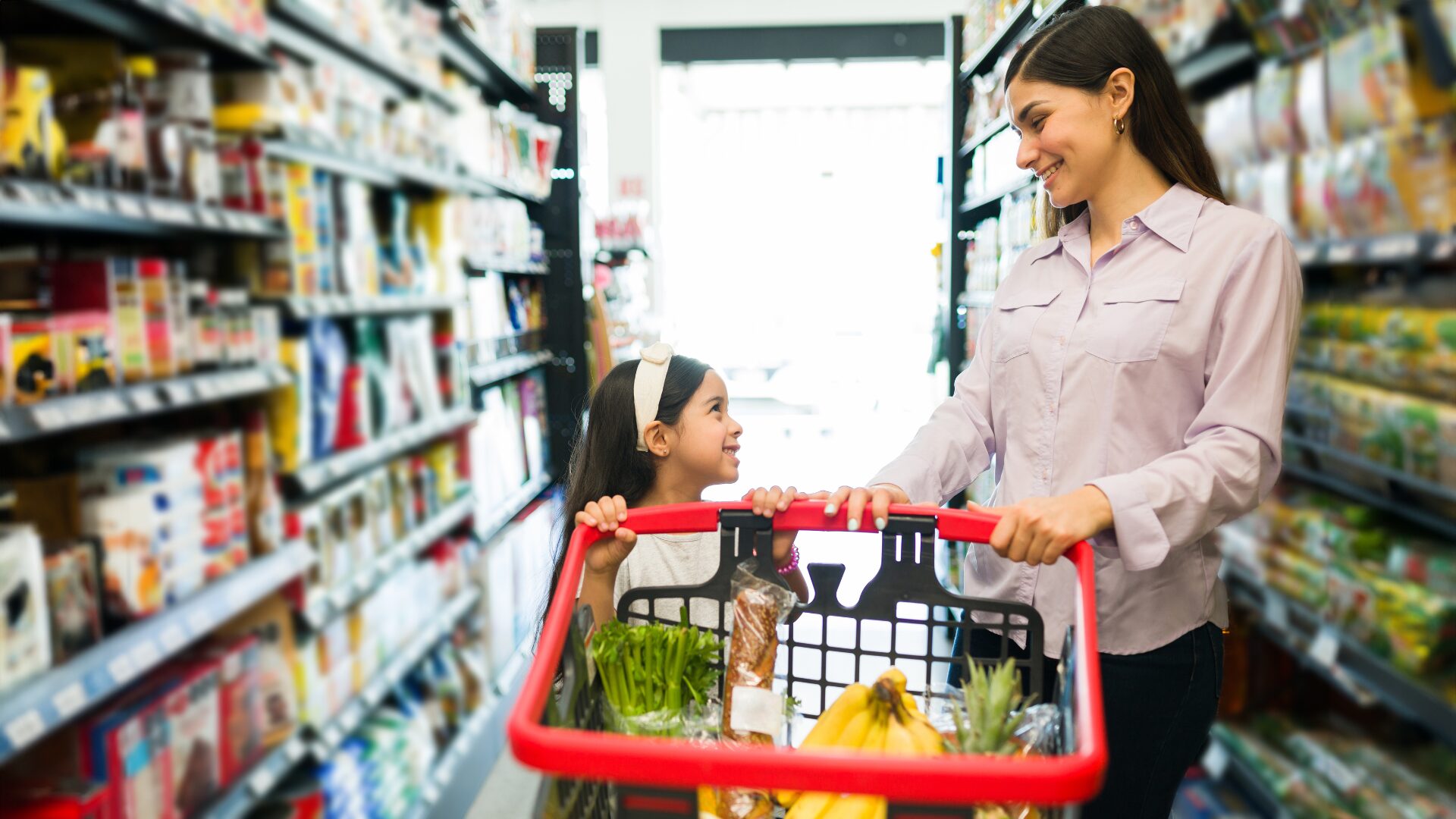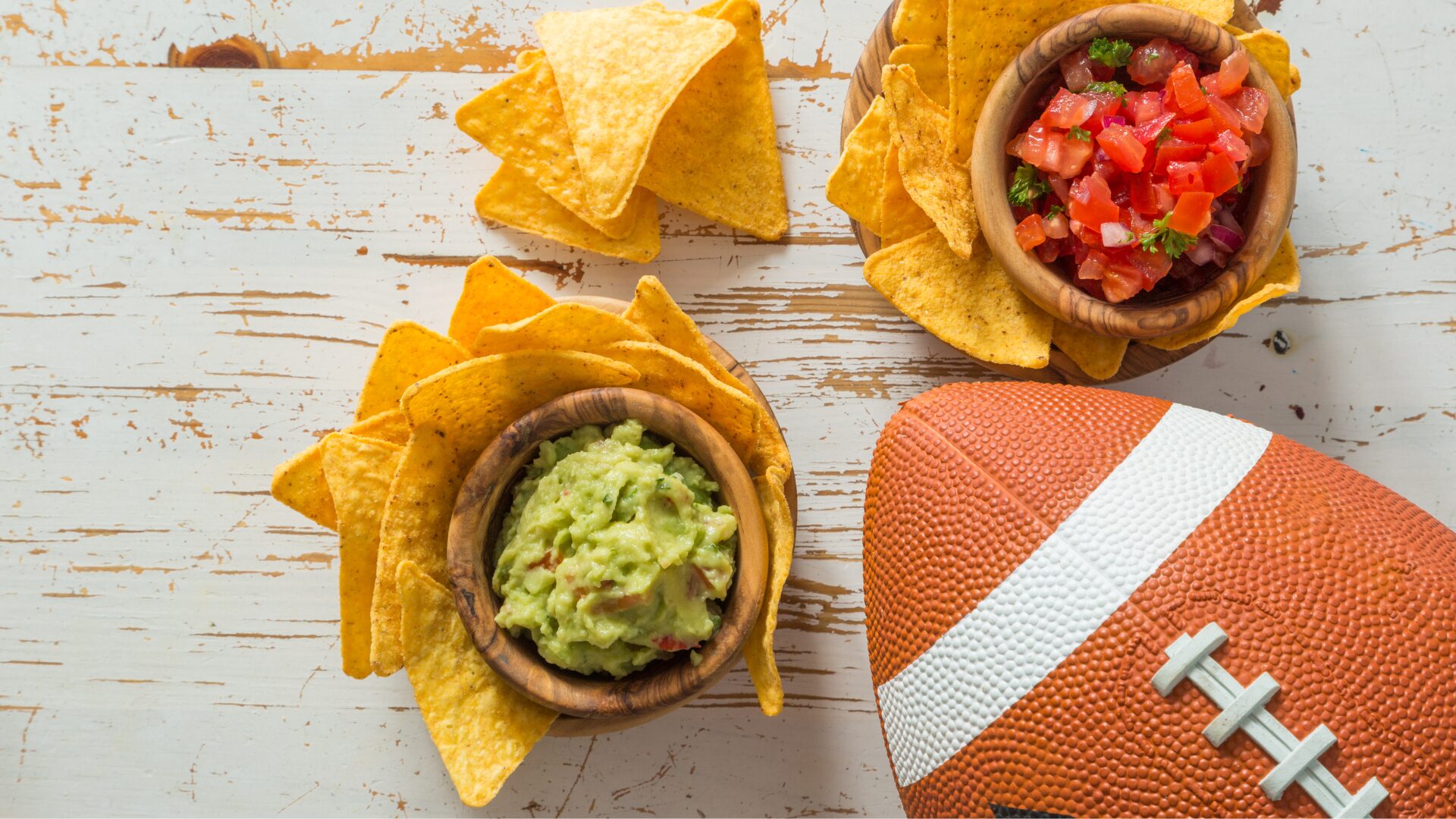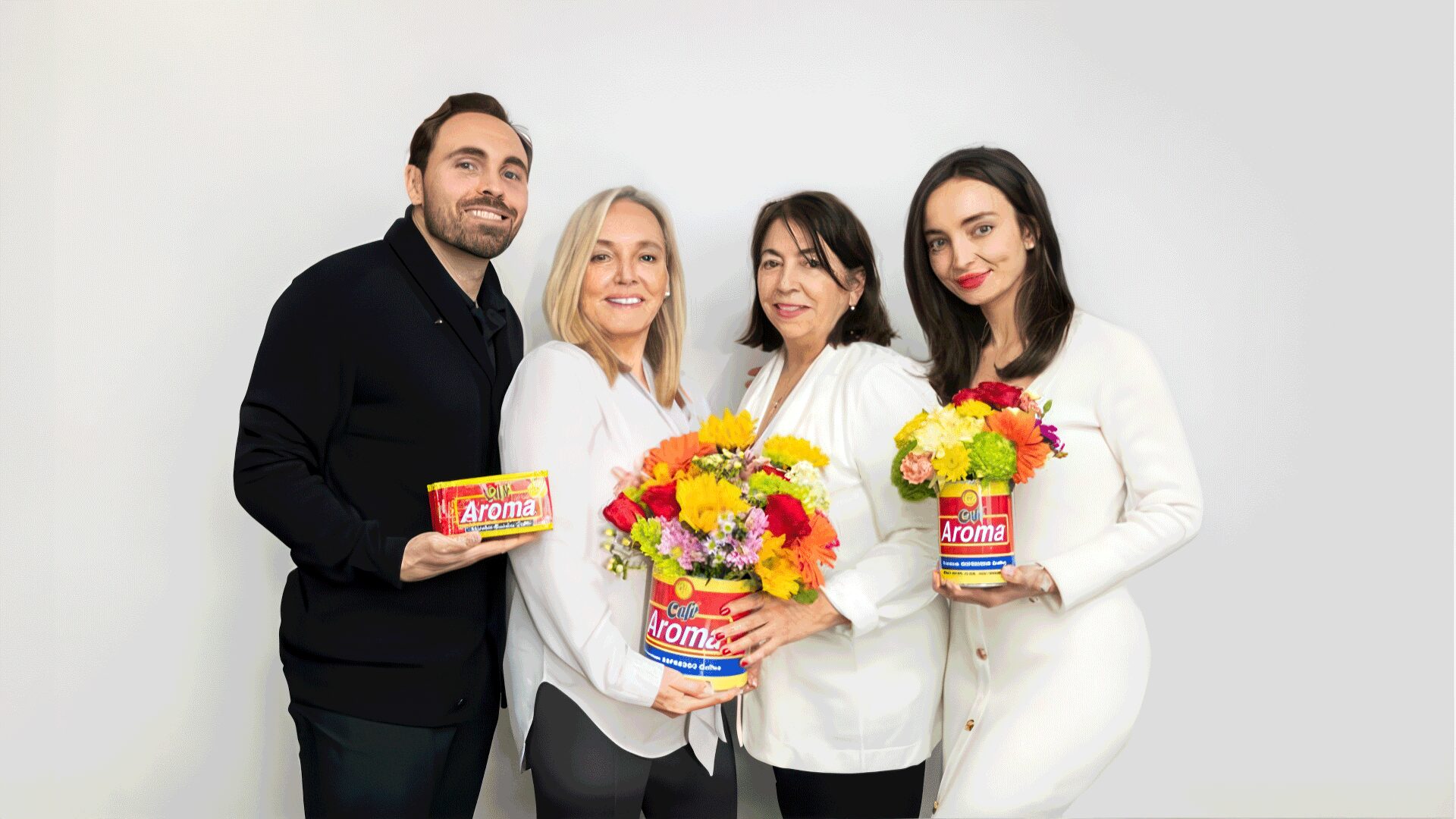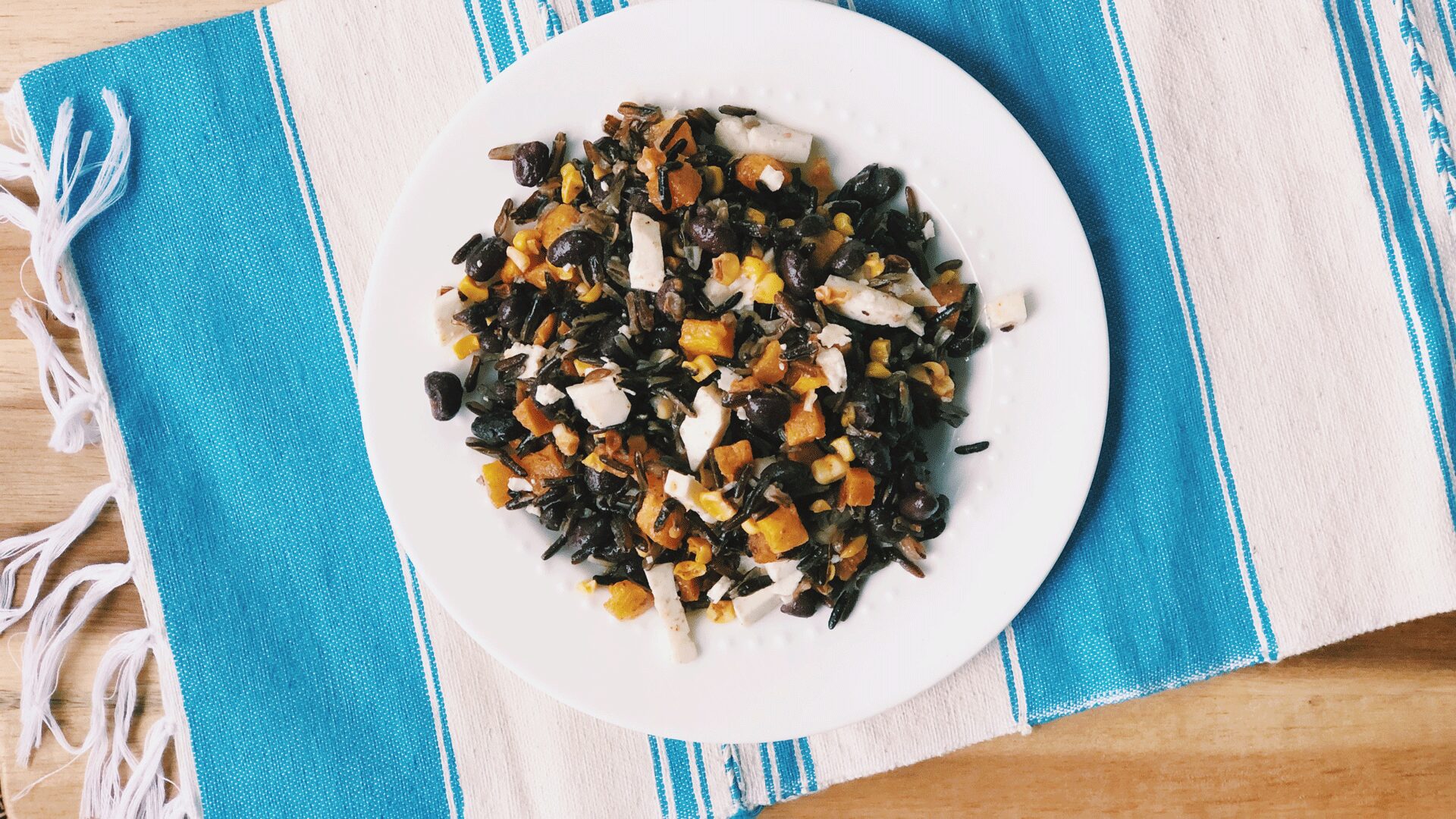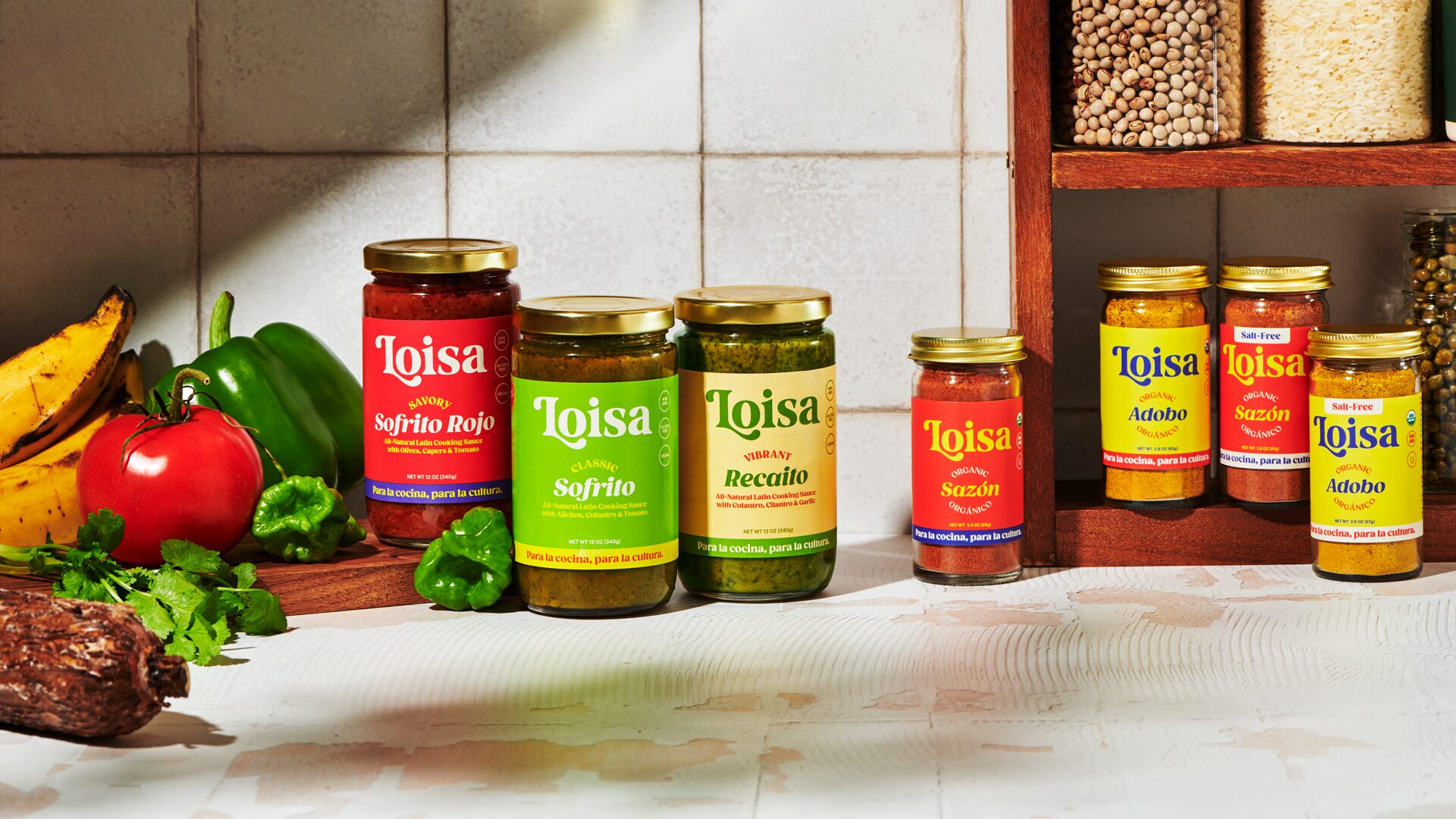The Amazon rainforest conjures images of pristine, verdant forests, a tropical paradise largely untouched by modern civilization. (At least, in the areas safe from deforestation.)
But could this complex tapestry of biodiversity actually be the handiwork of generations of ingenious farmers and orchardists?
In large part, that proposition is precisely what’s been posited by institutions ranging from the Smithsonian to a 2017 study published in Science with more than 150 co-authors. The latter study details the clear influence of ancient farmers, still visible today:
“Plants domesticated by pre-Columbian peoples are much more likely to be dominant in Amazonian forests than other species. Furthermore, forests close to archaeological sites often have a higher abundance and richness of domesticated species. Thus, modern-day Amazonian tree communities across the basin remain largely structured by historical human use.”
The more technology allows us to look to the future, the more value many find in uncovering the past. And the same holds true for Amazonian flora, fauna, and food.
Foods of the Amazon
If the fruit and nut trees of the Amazon were in fact selected for long-term viability, the original cultivators could scarcely have been more prescient about the global tastes of generations to come.
Many Amazonian exports have become mainstays of global palates:
- Cacao: The source of all chocolate, cacao is perhaps the Amazon’s most famous edible export. The cacao tree’s seeds are used to produce cocoa beans, essential for making cocoa butter, cocoa powder, and chocolate. This ingredient has a rich history and has been a significant part of indigenous cultures long before its global spread.
- Açaí Berries: These dark purple fruits have gained international fame as a superfood. Açaí berries are rich in antioxidants and vitamins and are commonly consumed as açaí bowls or smoothies. They are harvested from the açaí palm, which is native to the Amazon basin.
- Cassava: Also known as manioc or yuca, cassava is a versatile root vegetable that is a staple food for many indigenous peoples in the Amazon. It’s used to make tapioca (a gluten-free starch) and farinha (a flour used in Brazilian cuisine).
- Brazil Nuts: These nuts come from a tree that’s native to the Amazon and can live for over 500 years. Brazil nuts are rich in selenium and healthy fats.
- Guarana: This plant is known for its seeds, which contain about twice the caffeine found in coffee beans. Guarana is popular in Brazil and has been marketed globally in energy drinks for its stimulant properties.
- Rubber: While not a food ingredient, the rubber tree has had a significant impact on global industries. The latex harvested from these trees was pivotal in the development of the rubber industry.
- Camu Camu: This fruit has one of the highest concentrations of vitamin C of any food source. While not as widely known internationally as other Amazonian products, camu camu has gained popularity in health food circles for its antioxidant properties.
- Cupuaçu: Related to cacao, cupuaçu is valued for its creamy, exotic-flavored fruit that is used in desserts, juices, and cosmetics. It’s rich in antioxidants, fatty acids, and vitamins.
Chef Pedro Schiaffino began his exploration of rainforest-to-table Amazon cuisine in 2001, a journey that quickly expanded beyond traditional kitchen confines to include collaborations with anthropologists and environmental scientists. Immersed in what he affectionately calls his “natural habitat,” Schiaffino has honed his ability to weave sustainable produce and ingredients from the Peruvian Amazon into his unique culinary repertoire.
“I’ll go to the Amazon, sometimes heading off on a speedboat for eight hours or more in search of ingredients to taste and experiment (with),” he said.
“It’s amazing how the Amazon constantly offers up tastes and flavors I’ve never imagined before.”
This profound connection to the Amazon is showcased aboard the Aria Amazon, where Chef Schiaffino ensures that 70% of the ingredients featured in his dishes are sourced from the local rainforest. His approach not only underscores the richness of Amazonian produce but also reflects a seamless fusion of traditional culinary practices with a strong commitment to sustainability.
Defined by Fusion
Named for a tribe from Greek mythology and situated in the heart of a continent still dominated by the Spanish and Portuguese languages of colonists from over 5,000 nautical miles away, the Amazon is a many-marveled melting pot.
While food from the Amazon has infused its way into dishes and beverages the world over, the entire region can be better understood through the lens of fusion: of culture, language, and ecology on a global scale.
To start, the Amazon basin is immense. With an area equivalent to 86% of the contiguous United States, the Amazon basin spans nine countries and comprises a vast expanse of the South American continent—an area that over 300 distinct ethnic groups call home.
A test case for strength in diversity, the region holds an extraordinary array of life, harboring an astonishing 10% of all known species on earth, and one in five of the planet’s birds.
Colloquially referred to as “lungs of the planet,” the Amazon rainforest recycles a significant portion of the earth’s atmosphere every day, playing a vital role in keeping the planet’s carbon dioxide-oxygen exchange in equilibrium.
The same winds that the Amazon “breathes” also deposit a geological fusion of nutrient-rich sand from the Sahara Desert, blown across the Atlantic by equatorial currents. According to NASA, some 28 million tons of Saharan dust, laden with phosphorus otherwise lacking in the rainforest basin, is deposited annually.
Insights for the Future
Ancient inhabitants of the rainforest have also left practical ecological lessons in soil conservation and land management.
While rich with biological diversity, the soil of the Amazon is surprisingly quite poor. Centuries ago, the indigenous peoples who lived off this land developed an ingenious soil amendment consisting of charcoal, composted food scraps, broken shards of pottery, and other communal detritus whose physical and chemical properties were the perfect complement to the nutrient-deficient forest floor.
Rediscovered in modernity and termed terra preta (literally, “black soil”), the virtues of the practice are enjoying renewed popularity, and DIY instructions for the home gardener are abundant online.
As if any further rationale were needed to preserve the wonders of the Amazon, many of the tropical plants endemic to the region are important sources of anti-cancer compounds. According to the US National Cancer Institute, out of the 3,000 plants identified as active against cancer using in vitro studies, 70% are from tropical rainforests.


